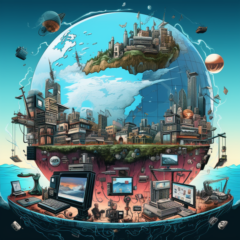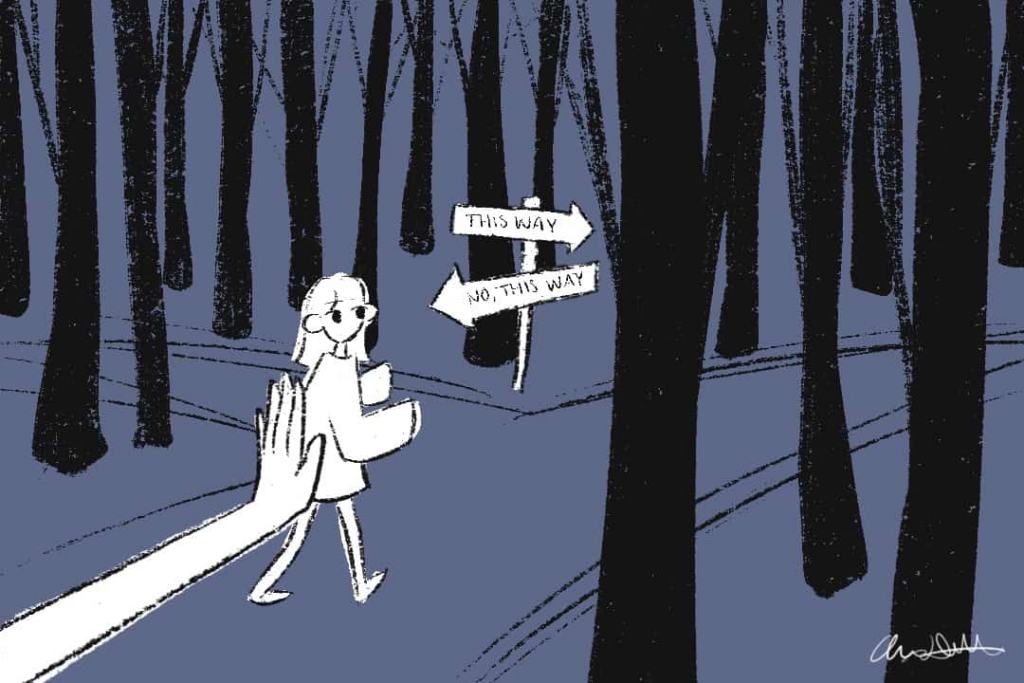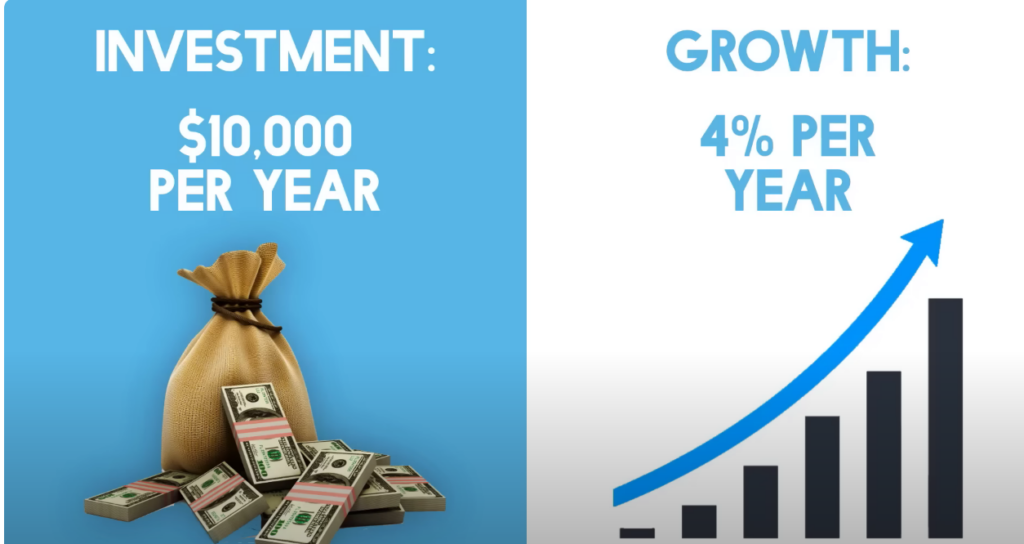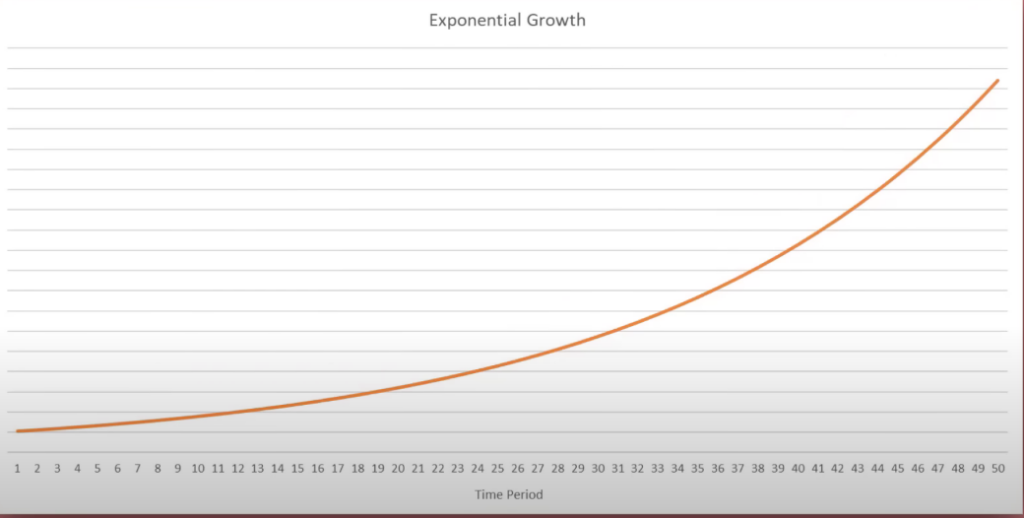
From the Ted Talk https://www.ted.com/podcasts/worklife/why-meetings-suck-and-how-to-fix-them-transcript
Introduction
Meetings, often seen as the bane of the modern workplace, have been incessantly criticized for stifling productivity and sapping employees’ time and energy. Despite the common dread they invoke, meetings continue to dominate professional landscapes.
The narrative traces how meetings, from their ancient roots to their modern execution, have both facilitated and hindered organizational progress.
Through a blend of humour, expert insights, and real-world experiments, we delve into the crux of meeting maladies and explore actionable strategies to transform them from time-wasters to value generators.
Rethinking Necessity and Structure
- Concept: Not all communication requires a meeting. Often, the objectives can be achieved more efficiently through emails or collaborative documents. Moreover, a well-structured agenda, particularly one framed around key questions rather than topics, can help keep the discussion focused and productive.
- Action: Today, before setting up a meeting, pause and consider if an email or a shared document could serve the purpose. If a meeting is essential, draft an agenda framed around critical questions that need answers. This way, you ensure the meeting has clear objectives and stays on course.
Inviting the Right People
- Concept: Over-inviting is a common problem in meeting culture. Inviting too many people, many of whom may not have a direct stake in the meeting’s objectives, can lead to disengagement and a lack of productive discussion. Ensuring that only the relevant stakeholders are invited can lead to more fruitful interactions.
- Action: Review the invite list of your upcoming meetings. Remove individuals who do not have a direct stake in the meeting’s objectives and inform them of the key takeaways afterward. This will make the meeting more focused and productive.
Optimizing Meeting Duration and Frequency
- Concept: Long meetings can be draining and counterproductive. Optimizing the duration and ensuring the frequency of meetings is necessary can free up time for more meaningful work. Short, focused meetings with clear objectives are often more productive and less draining.
- Action: Analyse your recurring meetings and evaluate if they could be shortened, made less frequent, or even eliminated. Experiment with shorter meeting durations, and observe the impact on productivity and engagement.
Conclusion
Transforming the meeting culture is not about abolishing meetings, but about making them more meaningful, engaging, and productive.
By rethinking their necessity, inviting the right people, and optimizing their duration and frequency, we can reclaim our time and focus on work that truly matters.
Each action step mentioned today is a stride towards fostering a culture where meetings become platforms of genuine collaboration and decision-making.















